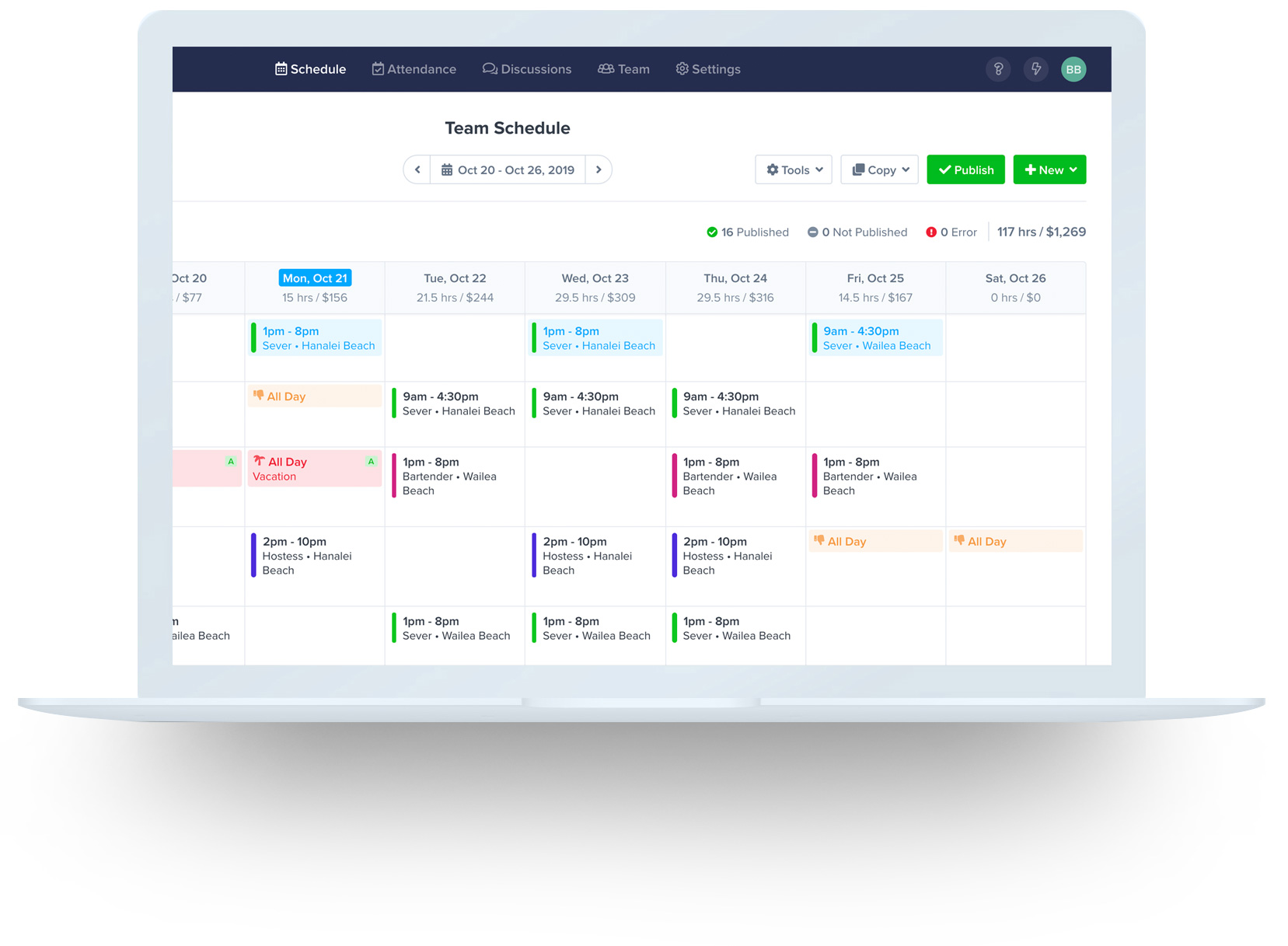Operational Workload Planning
Schedule workload requirements efficiently
Schedule workload requirements efficiently

Discover more Jiviews features
Planning and assignment of equipment to Points of Work can be achieved quickly and accurately through automation tools
Jiviews provides the ability to track all work, equipment and resources, associated to individual vessels for commercial and performance reporting
Ensures that only available equipment is selected for deployment to avoid wrongful scheduling and disruption during Execution.
Up to date information of Equipment availability allows planners to maximise utilization of equipment based on up to date information on Resource availability and through the application of Equipment Manning Ration strategies.
Through the availability of critical performance data when scheduling workload – Planning, and actual work performance – Execution; standards and practices can be established to improve performance and productivity such as reducing Idle Time – improve planning accuracy.
Changes to planned equipment schedules can be implemented fast and accurately avoiding duplication or redundancy in Equipment selection and scheduling through built-in system rules and controls.